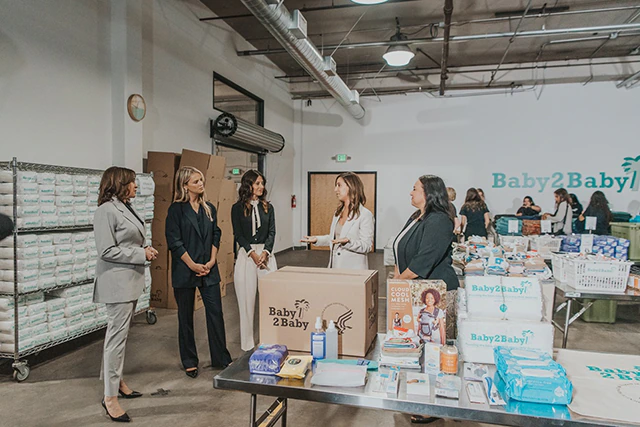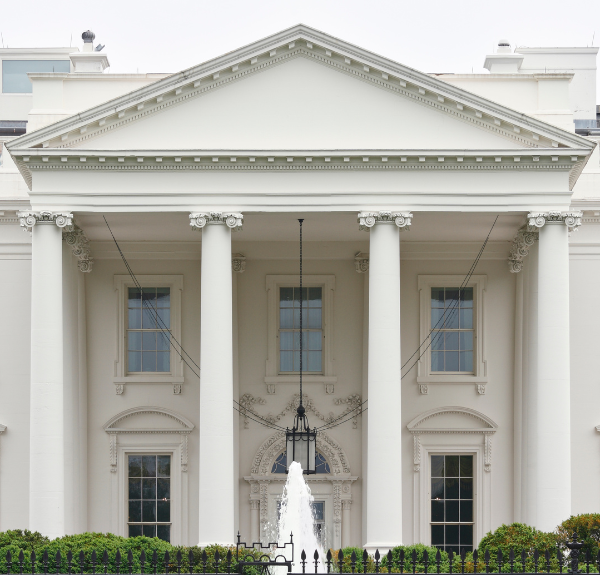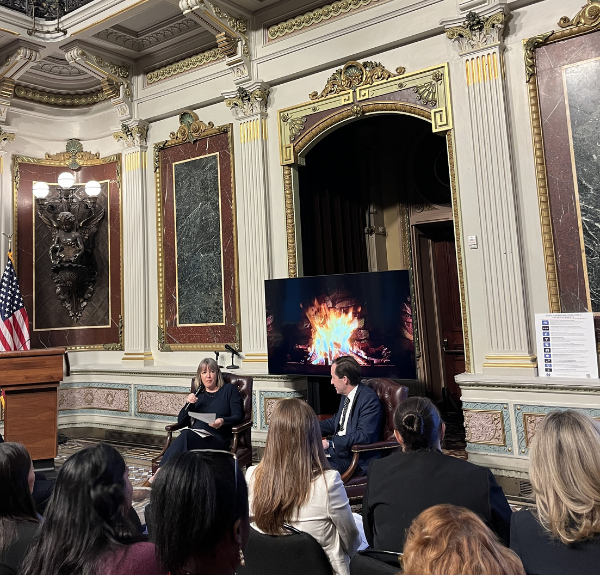Launched in November 2021, the Biden-Harris President’s Management Agenda (PMA) lays the foundation for an effective, equitable, and accountable Government that delivers results for all Americans through three main priority areas. As we celebrate its birthday, join us as we highlight some major accomplishments from its second year!
It’s been two years since the launch of the Biden-Harris President’s Management Agenda, and in that time, implementation teams across Government have made major progress in its goals of strengthening our government’s capacity to deliver results for the American people. These results are not only laying a strong groundwork for the future but also restoring public trust in Government.
To celebrate this milestone, the Performance.gov team is taking time to reflect on five of our PMA accomplishments of 2023. This is not an exhaustive list, and as we continue our efforts to implement the PMA, more updates are always coming! Check out the end of this post for ways to stay up-to-date on the latest PMA news.
1. Building Federal Early Career Talent Pipeline
One major accomplishment from 2023 was the launch of the Office of Personnel Management’s (OPM) Internship Portal, aligning with PMA Priority 1, Strengthening and Empowering the Federal Workforce. This portal combines internship listings from every agency across the Federal Government, allowing students and early-career employees to quickly search for internships in their field and apply.
In addition to the portal, OPM also issued guidance to agencies, encouraging them to increase their hiring of interns and early career talent. They are also in the process of building out a career modeling tool that will allow current interns to map out their future course in public service. 2,000 summer interns received an improved experience through the Internship Experience Program & benefitted from tools to revamp internships including new guidance and a new Intern Portal.
Additionally, the White House announced a minimum wage of $750 per week for their interns, and agencies across the Federal Government are ending unpaid internships, further strengthening the Federal Government’s early-career talent pipeline.
2. Supporting Federal Employee Mental Health and Wellness
Under the Workforce Priority, OPM issued a series of new guidance and directives aimed at improving Federal employee mental health and well-being. First, they created a Mental Health & Well–Being cross–agency steering committee and community of practice. This steering committee brings together thought leaders and human capital leaders from across Government to share best practices related to employee well-being.
Next, OPM released an Employee Wellness Program Guide for Agency Leaders to inform Federal employees of their benefits, reduce stigma associated with seeking mental health services, standardized mental health care services across the Federal Government, and more.
Finally, OPM has initiated a Mindfulness community of practice, offering an array of services such as dedicated spaces for mindfulness and guided meditations. Federal employees interested in joining can contact Mindful-FED-subscriberequest@listserv.gsa.gov to receive email invitations and updates regarding upcoming events. These services aim to cultivate wellbeing and resilience in the Federal workplace, ultimately contributing to improved employee performance, leadership development, and overall health and resilience.
3. Improving Federal CX Through Life Experience Projects
To address PMA Priority 2, Delivering Excellent, Equitable, and Secure Federal Services and Customer Experience (CX), the Office of Management and Budget (OMB) announced five projects that will make it easier for Americans to interact with the government during significant life events. This builds on President Biden’s executive order issued in December 2021, which calls on Federal leaders to identify five key customer life experiences they can improve upon.
OMB identified the following five key experiences:
- Approaching retirement
- Recovering from a disaster
- Navigating the transition from active duty to civilian life
- Having a child and early childhood
- Facing a financial shock
Based on these five experiences, OMB and partner agencies created nine projects aimed at addressing major pain points they found during the research process. One example is the Piloting a Newborn Supply Kit at the Time of Birth project, which seeks to address challenges brought forward in the “Having a child and early childhood” project.
This initiative aims to provide new mothers with a comprehensive supply kit including essential items, information, and guidance. Vice President Kamala Harris kicked off one of the pilots in California with a visit to Baby2Baby, a partner company that is delivering the boxes to new families. By the end of 2023 over 3,000 Newborn Supply Kits will be delivered to families in three states, ensuring essential resources for new arrivals.

Initial feedback suggests that the team is reaching populations who are most in need, including lower income, women of color, people who live in more rural areas, and Tribal populations. Early survey results are positive with nearly all (97%) of survey respondents, reported being “extremely satisfied” or “satisfied” with their Newborn Supply Kit. Similarly, 98% of respondents reported that they would recommend that other new parents receive a Newborn Supply Kit. With all this feedback, the team is looking to expand. Currently the team is exploring how to expand to locations that experience high rates of maternal health vulnerability and infant mortality in 2024.
I think this is an incredible and life changing kit for so many families in a state where many people are struggling or worried about having the resources to care for their baby.
The Benefits Bundles are not the only effort in this space. Accessing a comprehensive maternity record can be challenging, given that health IT systems may vary between prenatal care, labor and delivery, and postpartum care. To improve this experience for mothers, HHS’s Office of the National Coordinator for Health Information Technology (ONC) committed to test ways to automate patient access to electronic prenatal, birth, and postpartum health records. The goal is to improve patient experiences in maternity care, health outcomes, and equity. Overall, nearly 5,000 women have received access to critical maternal health information between 2022 and 2023 as the result of this commitment. More information about the pilot is available in the news section of the site. Although these projects made significant progress in 2023, we encourage you to stay tuned for updates in 2024. We anticipate having more exciting developments to share with you!
4. High Impact Service Provider Updates
In addition to the Life Experience projects, 35 Federal agencies, who have significant interactions with the public, were designated as ‘High Impact Service Providers’, or HISPs for short. These HISPs include agencies with a known public footprint like the Transportation Security Administration (TSA) and the Internal Revenue Service (IRS), but also agencies like the General Services Administration (GSA), which receive millions of daily website visits.
One example of this is the Small Business Administration (SBA), who launched a new borrower portal in Spring 2023 that makes it easier for SBA borrowers to apply for, manage, and pay back loans. The portal offers loan servicing and e-billing functionality for SBA’s 4 million direct borrowers.
Another example is the Social Security Administration’s (SSA) new eSubmit portal. This portal allows customers to electronically upload specific forms and documents using their smartphones and personal devices. The initial release in July included 10 forms and 52 types of evidence, and a second release in September introduced a click-to-sign feature on 36 first-party forms with a gradual, ongoing rollout
To read more, visit the HISP page on Performance.gov.
5. Launching a Council on Federal Financial Assistance (COFFA)
In PMA Priority 3, Managing the Business of Government, OMB announced the formation of the Council on Federal Financial Assistance (COFFA). The Federal Government provides more than $800 billion in financial assistance and grants every year, and sometimes even more during times of crisis. Until now, there has never been a centralized organization tasked with overseeing these funds.
Agencies from across the Federal Government are now regularly meeting to simplify and streamline paperwork and approval processes for their Federal funds, ensuring that the American people can access funds they are entitled to with less hassle and onerous paperwork.
To read more about the COFFA, check out our blog post on the announcement and their first meeting.
Stay Informed
Follow along with Performance.gov on LinkedIn and Twitter as we highlight different agencies and their goals. We will continue to update Performance.gov quarterly with progress on agency and PMA priorities and strategies.
Subscribe to our newsletter to receive updates in your inbox.




